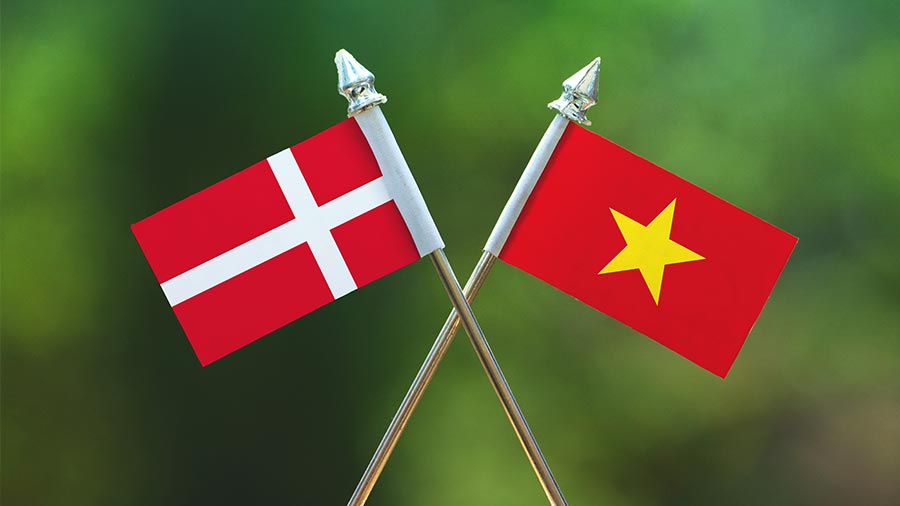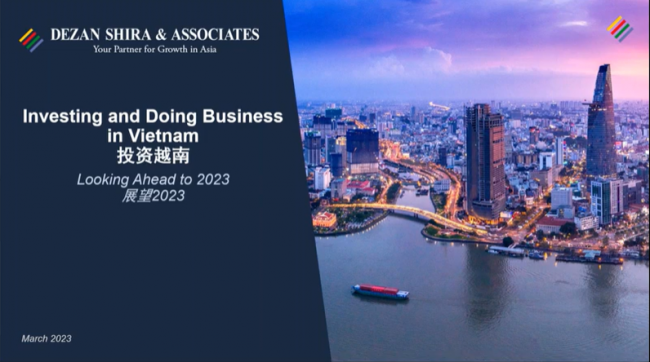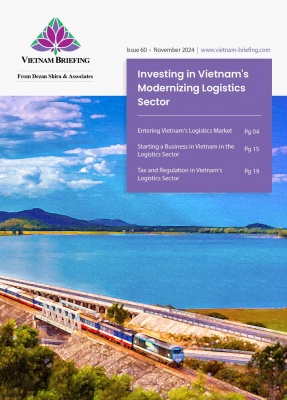Proposed Vietnam-Laos Railway Project to Boost Trade, Connectivity
The Laos-Vietnam railway is a proposed railway project aimed to further boost Vietnam-Laos trade ties. The rail route will connect the port city of Vung Ang in Vietnam to the Lao’s capital Vientiane. The port will give Laos crucial access to the South China Sea and the large markets of South Korea and Japan while boosting logistic supply routes between Laos and Vietnam.
The Laos-Vietnam railway is a proposed railway route that would connect the port city of Vung Ang in Vietnam with Laos’ capital Vientiane. The 555km track, estimated to cost US$5 billion, will further boost trade and bilateral ties between both countries and transform Laos into a land-linked country that can facilitate more trade between its provinces, and ASEAN neighbors. Construction is expected to start in November 2022 with no announced completion date.
Crucially, the line connects Vientiane to Vung Ang’s deep seaport, which is the closest feasible seaport to Vientiane. The line would connect with the Laos-China railway, meaning the catchment area for freight shipment would extend to Northern Laos and South China. Further, the railway will interchange with Vietnam’s North-South railway, which opens the prospect of a Hanoi-Vientiane route.
Vietnam is one of the top three foreign investors in Laos with 417 projects valued at US$4.3 billion. The latest development will further cement ties between both countries and boost trade in the ASEAN region.
Crucial access to the South China Sea
Vietnam’s Vung Ang deep-sea port plays a vital role in boosting Laotian economic activity through maritime trade and transportation exchanges The Laos government owns a 60 percent share in the port, which provides Laos access to the South China Sea, Central Vietnam, Northeast Thailand, and to larger Asian markets, such as South Korea, China, and Japan. The Vietnamese government has authorized a 50-year concession to Laos.
Currently, the port can accommodate cargo ships of up to 50,000 deadweight tonnage and container ships of up to 2,000 twenty-foot equivalents (TEU). By 2030, the port is expected to handle over 20 million tons of dry bulk cargo.
Shipments from Southeast Asia to Europe could take just over 10 days by rail. Currently, ASEAN exporters utilize Singapore’s huge seaport as the main transport hub, which takes approximately 45 days to reach Europe.
Vietnam already launched its first freight train service to Europe in 2021, with the first container leaving Hanoi in July 2021 and arriving in Liege, Belgium, one month later. The route transits through China where it interchanges on the China-Europe express route, before traveling to Kazakhstan, Russia, and Belarus.
China this year launched new freight train services to Vietnam to establish new trade opportunities with cities in its Western regions. The routes connect the west China cities of Chongqing (Guoyuan Port) and Chengdu to Vietnam’s capital Hanoi.
About Us
Vietnam Briefing is produced by Dezan Shira & Associates. The firm assists foreign investors throughout Asia from offices across the world, including in Hanoi, Ho Chi Minh City, and Da Nang. Readers may write to vietnam@dezshira.com for more support on doing business in Vietnam.
We also maintain offices or have alliance partners assisting foreign investors in Indonesia, India, Singapore, The Philippines, Malaysia, Thailand, Italy, Germany, and the United States, in addition to practices in Bangladesh and Russia.
- Previous Article How Vietnam’s Telecom Industry Will Play a Key Role in Digital Transformation
- Next Article Panoramica sugli incentivi all’importazione, esportazione e investimenti in Vietnam































